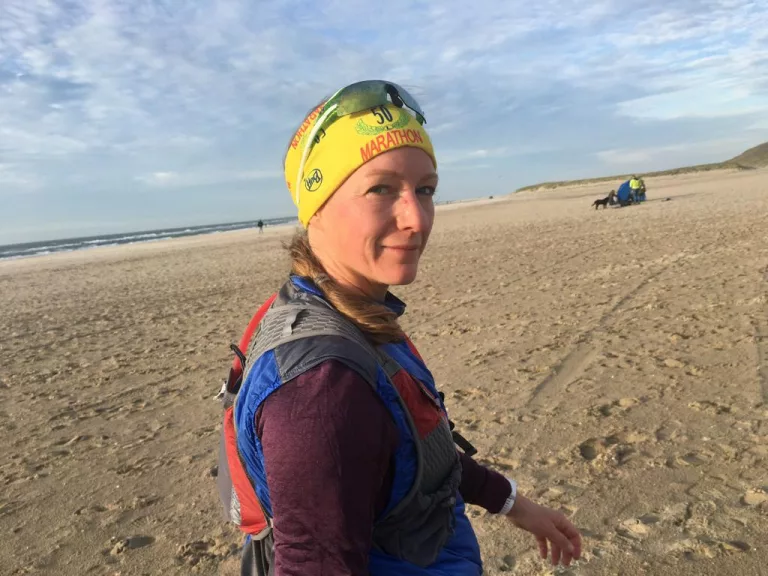How bad do you want it? Training while injured
Training while injured can reveal how determination leads to improvements in strength, conditioning, and body composition.
I am sure we’ve all come across the notion that as long as you want something enough, it can be achieved.
My experience with life is that this is mostly the case although there are some limitations. When it comes to running, I will never beat Paula’s marathon best time because genetics and nurture (i.e. in her case running from a young age) contribute towards this once in a generation achievement. 2:15:25 hasn’t been beaten by any European runner since although three runners assisted by the new super shoes have beaten her April 2003 mark starting with Brigid Kosgei in 2019 lowering the best to 2:14:04 in Chicago.
Still, the question remains of how I can be the best version of myself and what I can do to achieve it outside those restrictions, including training while injured.
One difference that does not come down to nurture or genetics is the dedication that elite athletes pour into their craft. Can you – if you wanted to – be as dedicated? Post my recent marathon, I watched a YouTube video of Anne Haug – German long distance triathlete – and hers is a monastic lifestyle dedicated to her sport (https://youtu.be/FXhVAHBEi3c) every hour of the day, week and month. When I look back over my running career, it’s obvious that I’ve never been as dedicated to the cause. On a scale of 1-10, I probably have at best surpassed 6 for a period of a few months. Elites seek out the 0.01% improvements and leave no stone unturned.
So with that example (and the phrase ‘what would Anne do’) I set out on my post Windermere marathon project preparing for my next A goal. Because there are many areas where I fall short of the dedication required to be my best runner I can be and that I could therefore work on.
Post-marathon, I was unable to run. How to continue training while injured? As someone that wants to be a better runner, this might be a problem. But to me, it was not during the initial phase of this project. Because there are some obvious things to address without running at all. These are ‘strength and conditioning’ and ‘body composition’. Both required some work to make me a better runner in the longer term. In fact, trying to improve these areas whilst also in ‘peak’ training for a race, could be detrimental and lead to fatigue and over-training syndrome.
Whilst lifting weights has been entering main stream running more and more, body composition is not often talked about especially with regards to women. I have jo-joed throughout my life with a weight range of between 55 and 78 kg. The latter is where I started last year when I knew I wanted to give running more serious attention to see what I could achieve. So far, in my life, I have never been able to keep my weight down because I did not focus on it. But once you do, it can be done. I have also reduced my weight successfully many times when I wanted it badly enough.
Of course, with anorexia and bulimia being very serious conditions and most women’s relationship with food being difficult (please seek expert help if you find yourself struggling with these topics) it is a difficult topic to write about. But this struggle should not mean that the subject is taboo. We should talk about it amongst women runners and shine a light on it so these issues do not exist in the shadow of our sport.
Ultra runners are often stronger and musclier (i.e. heavier) than road and track runners but the elites will still have lower than average body fat percentages. We therefore need to acknowledge that this is a prerequisite for success and that it is a critical component of being the best (i.e. fastest) runner that you can be. On the flip side, excessive nutrient restriction can lead to hormonal issues and lack of bone density so there is a balance and diet quantity and quality needed since training needs to be fuelled appropriately.
When I started to focus on my I was nearly 30% body fat i.e. double the amount of what is the maximum range recommended for best running performance for women (10-15% body fat) (see https://www.sportsperformancebulletin.com/nutrition/weight-management/running-and-body-fat-walking-the-tightrope-of-optimum-performance). And this is something that I could start to address alongside the increase in strength that I was also seeking albeit that results in this area would be much longer term in comparison to the almost immediate (well, perhaps 4 weeks or so) benefits that weight training can bring. Both would make me a better runner when running could eventually be re-introduced. Both would also have obvious other benefits for my long-term health.
Sure, getting the strength session in can be hard (it will never be my passion) and I would hate to be hungry all the time so clearly a smart approach is needed. But I am getting it done. Just as Anne does.
See examples of what I have been lifting. There is no magic in it and I am sure you have seen it all before….
Here is what I am lifting in my core session 3x per week:
Weighted squat (3×8) (pistol squat if you can)
Bulgarian split-leg squat (3×8) each leg
Step-up (3×20)
Calf-raise (3×12)
Walking lounge (3×20)
Deadlift (3×8) (single-leg as a variant)
Arnold Press (3×10)
Trap-bar deadlift (3×8)
Hip thrusts (3×8)
Even just focusing on the squat, lounge and single-leg deadlift without weights (do more reps!) will have an impact on you running strength. I started with body weight/bar only and have worked my way up from there. I have had instructions in the past on lifting safely (you will need to get this to learn proper technique) – including training while injured. But the benefits are there for not only running but also aging in general as we start to lose muscle mass with age….
Related link





